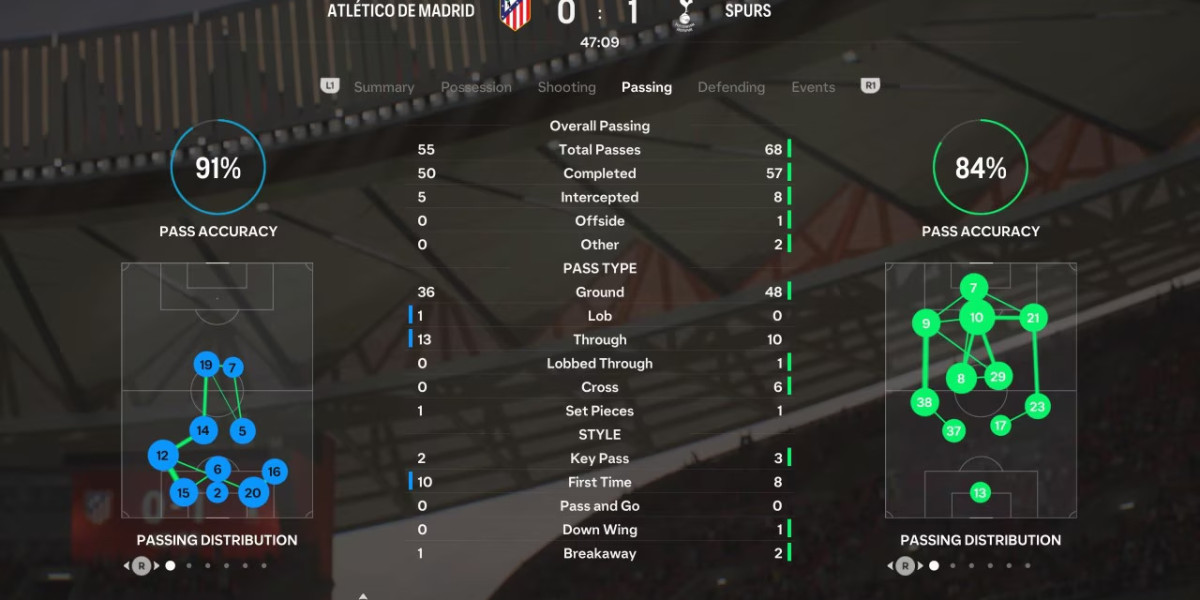The Galvanized Plain Sheet Price Trend is an important consideration for multiple industries, especially construction, manufacturing, and automotive. Galvanized plain sheets are crucial due to their durability and corrosion resistance, but their prices have fluctuated over recent years due to several economic and market factors. This article will offer a comprehensive look at the Galvanized Plain Sheet Price Trend, complete with a detailed analysis, a look at historical price charts, the latest news, and relevant price index and graph insights.
Understanding the Galvanized Plain Sheet Price Trend
Galvanized plain sheets, which are steel sheets coated with a protective layer of zinc to prevent rusting, are widely used in construction, roofing, automotive, and appliance manufacturing. The Galvanized Plain Sheet Price Trend has seen both stability and volatility over time, with factors like raw material costs, supply chain dynamics, and global economic conditions heavily influencing prices.
Request a Free Sample – https://www.procurementresource.com/resource-center/galvanized-plain-sheet-price-trends/pricerequest
Recently, the demand for galvanized plain sheets has increased as industries prioritize durable materials. However, the global zinc supply, energy costs, and labor costs have all contributed to fluctuating price trends. Additionally, environmental regulations, especially regarding the steel and mining industries, have put further pressure on production costs, influencing the overall price trend of galvanized sheets.
Galvanized Plain Sheet Price Analysis
The Galvanized Plain Sheet Price Analysis explores key drivers and inhibitors impacting the price. The main components influencing prices include the cost of steel, zinc, labor, and energy, alongside global demand fluctuations.
Raw Material Costs: The primary raw materials used in the production of galvanized plain sheets are steel and zinc. Any fluctuations in the prices of these materials directly impact the cost of galvanized sheets. Steel prices have been volatile due to production constraints and increased demand. Zinc prices, influenced by mining output and environmental regulations, also see periodic shifts, affecting the final cost of galvanized sheets.
Supply Chain Dynamics: Global supply chain disruptions, especially since the COVID-19 pandemic, have impacted the steel industry. Transportation delays, container shortages, and import/export restrictions have led to slower production and delivery times, impacting the prices of galvanized plain sheets.
Industrial Demand: Galvanized sheets are essential for several industries, and demand has been steadily growing. The construction industry, in particular, drives demand for these sheets, as they are used in roofing, wall panels, and structural reinforcements. As construction projects increase, especially in developing countries, the demand for galvanized plain sheets is expected to keep rising, contributing to higher prices.
Environmental and Trade Policies: Government regulations surrounding mining and steel production, especially with regards to environmental standards, have impacted prices. Increased regulatory standards mean higher production costs, which in turn drive up the prices of galvanized sheets. Trade policies and tariffs, especially between major steel-producing countries, can also influence price trends by affecting material availability and costs.
Galvanized Plain Sheet Price Chart
A Galvanized Plain Sheet Price Chart offers a historical perspective on the price trends, allowing stakeholders to see how prices have moved over time. Here are some recent observations:
Historical Price Trends: Over the last decade, galvanized sheet prices have seen both peaks and troughs. Prices tend to be higher during periods of strong economic growth and increased construction activity. However, prices can also drop when there’s an oversupply of steel or a decline in zinc prices.
Seasonal Variations: Prices for galvanized plain sheets often experience seasonal fluctuations, with increased demand during peak construction periods, typically in spring and summer. Prices tend to stabilize or decrease during the winter months when construction activity slows down.
Recent Trends: In the past couple of years, the galvanized plain sheet price chart has shown an upward trend due to supply chain issues and increased demand post-COVID-19 pandemic. The spike in construction projects has maintained a high demand for these sheets, keeping prices elevated.
Tracking these price trends on a chart can help businesses make purchasing decisions, anticipate future price movements, and plan budgets accordingly.
Galvanized Plain Sheet Price News
Keeping up-to-date with Galvanized Plain Sheet Price News is crucial for manufacturers, buyers, and stakeholders across industries, as real-time information can inform purchasing and pricing strategies. Some current news affecting the price trend includes:
Global Economic Conditions: The global economy's health has a direct impact on galvanized sheet prices. With inflation concerns and potential economic slowdowns in key markets, the price of galvanized sheets could experience fluctuations. Changes in interest rates, GDP growth, and employment rates can all affect demand for construction materials like galvanized sheets.
Supply Chain Challenges: Recent news around ongoing supply chain constraints continues to affect the pricing of galvanized plain sheets. Shortages of transportation containers, port congestion, and higher shipping costs are making it harder to transport raw materials and finished products, contributing to higher prices.
Technological Advancements: The steel industry is witnessing technological innovations that could impact future prices. New technologies that improve production efficiency or reduce energy consumption could potentially lower production costs, leading to more stable or even lower prices for galvanized sheets over time.
Environmental Regulations: Governments globally are pushing for cleaner and more sustainable production practices. In the steel and zinc industries, environmental regulations are driving up production costs, impacting the price of galvanized sheets. For example, regulations on emissions from steel plants have led to increased costs for many producers.
Galvanized Plain Sheet Price Index
The Galvanized Plain Sheet Price Index is an important indicator that provides a benchmark for industry stakeholders, reflecting the relative price changes over time. Here’s what this index reveals about the price of galvanized plain sheets:
Tracking Price Fluctuations: The galvanized sheet price index tracks fluctuations in prices over time, offering insights into whether prices are trending upwards, downwards, or remaining stable. This index is useful for industry players to benchmark current prices against historical data, allowing them to make more informed purchasing decisions.
Global and Regional Indexes: Price indexes can vary by region, as local demand, production costs, and economic conditions impact prices differently. For example, the galvanized sheet price index in North America might show different trends than in Asia, where production costs and demand differ significantly.
Yearly Comparisons: The galvanized sheet price index allows stakeholders to compare current prices with previous years, providing a clear view of how prices have changed. This data can be especially useful for companies with long-term purchasing strategies, helping them to budget and plan for the future.
The galvanized plain sheet price index is updated frequently to reflect the latest market data, making it a valuable tool for industry professionals.
Galvanized Plain Sheet Price Graph
A Galvanized Plain Sheet Price Graph offers a visual representation of price trends, making it easy for stakeholders to understand market movements at a glance. The graph typically includes data points for price per unit over time, allowing for easy identification of price patterns and anomalies.
Long-Term Graph Analysis: A long-term price graph shows the broader trend in galvanized sheet prices, highlighting periods of stability and volatility. This is useful for businesses looking to understand how prices have behaved over the years and anticipate future movements based on historical trends.
Short-Term Graph Analysis: A short-term price graph can reveal recent trends, such as price spikes due to temporary supply chain issues or seasonal demand fluctuations. Short-term graphs are useful for businesses making immediate purchasing decisions, helping them time their purchases to take advantage of favorable prices.
Comparative Analysis: Price graphs often include comparative data, allowing stakeholders to compare the current price trend with other related commodities like hot-rolled steel or zinc. This helps buyers understand the relationship between galvanized plain sheet prices and the broader metal market.
Contact Us
Company Name: Procurement Resource
Contact Person: Amanda Williams
Email: sales@procurementresource.com
Toll-Free Numbers:
USA copyright: 1 307 363 1045
UK: 44 7537171117
Asia-Pacific (APAC): 91 1203185500
Address: 30 North Gould Street, Sheridan, WY 82801, USA







